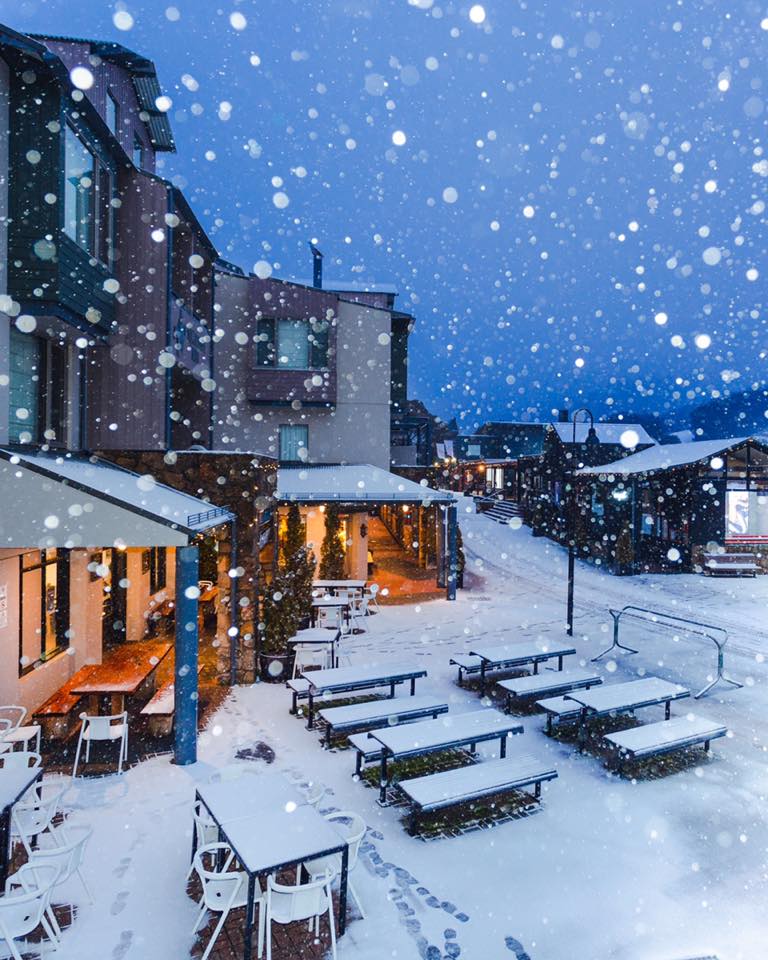Learn the Perfect Seasons of Year to Experience Snow In Australia Firsthand
Learn the Perfect Seasons of Year to Experience Snow In Australia Firsthand
Blog Article
Discover the Remarkable Effects of Snow in Australia on Regional Ecosystems
Regardless of its credibility for sun-soaked landscapes, Australia likewise flaunts regions buried by snow-- a phenomenon that exceptionally influences the country's special environments. The insulating homes of snows protect vegetation and fauna among the chilliest winter seasons, while the melting snow nurtures rivers and aquatic life.
The Unexpected Areas of Snowfall in Australia
The high country regions of New South Wales, Victoria, and Tasmania are particularly recognized for their winter season snow. The Snowy Mountains in NSW, for instance, receive plentiful seasonal snow, offering a plain contrast to the country's regular hot, dry environment. The visibility of snow in these areas considerably affects neighborhood ecological communities, ultimately affecting the nation's distinct biodiversity.

Just How Snow Impacts Australia's Distinct Flora
While it may appear unusual, snowfall in Australia plays an important function fit the country's unique plants. The snow-filled winter seasons foster durability in Australian plant types. This is specifically evident in the alpine and sub-alpine areas, where snow gum tissues and hill plum-pines thrive. These plants have actually advanced to survive in severe problems, with snow serving as a safety covering from severe winds and freezing temperatures. The snow additionally adds to the wetness web content of the dirt, giving necessary hydration for plant life throughout the dry summertime. Fundamentally, the snow affects the timing of flowering and seed dispersal, the growth rates, and the survival of several plant species, showcasing the intricate interaction in between climate and vegetation in Australia.

The Adaptations of Australian Fauna to Snowfall
Equally as Australia's plants has adapted to the wintery conditions, the neighborhood animals as well, exhibit exceptional adjustments to the snowfall. Types like the Hill Pygmy-possum, the only Australian marsupial recognized to hibernate, have evolved strategies to make it through in snowy environments. It makes use of the snow as insulation, hibernating in rock crevices under the snow to remain warm. The Snow Skink, a species of lizard, transforms its colour to white throughout wintertime, giving camouflage versus predators. Birds such as the Snowy Mountains' Crimson Rosella additionally readjust their diets to consume available food resources during cooler durations. Hence, in spite of the extreme conditions, Australian fauna demonstrates a flexible and durable nature, ensuring their survival in areas experiencing snowfall.
The Role of Snow fit Local Communities
In forming the local environments, the function of snow in Australia is both profound and multilayered. It affects the circulation of flora and fauna, largely defining the biodiversity of sub-alpine and alpine areas. Snow offers a critical water resource, feeding rivers and storage tanks as it thaws, therefore sustaining a selection of marine life types. In addition, snow serves as an insulator, protecting ground-dwelling microorganisms from severe cold. It plays a substantial function in dirt development and nutrient cycling. The regular cold and thawing of dirt caused by snowfall cultivates the breakdown of rocks, boosting dirt fertility. As a result, the presence of snow forms the plants patterns, animal behavior, and general sustainability of Australia's special ecological communities. Does Australia Get Snow.

The Future of Snowfall in Australia: Effects and forecasts

Given the crucial role snow plays fit neighborhood environments, the future of snowfall in Australia is drawing boosting focus from scientists and environmentalists. Current environment designs predict a considerable decline in snowfall because of international warming, with potentially extensive influence on regional ecosystems. Less snow could result in reduced water accessibility in alpine areas, adversely impacting wildlife habitats and plant life. Furthermore, it can alter the timing of seasonal modifications, disrupting the life cycles of lots of native species. The tourism market, heavily reliant on the winter season snow period, may likewise deal with significant difficulties. Recognizing these predictions and their ramifications is important to create efficient preservation techniques, ensuring the preservation of Australia's special biodiversity and news the sustainability of its economic climate.
Final Thought
The role of snow in Australia's ecosystems is critical yet commonly forgotten. Therefore, the snow in Australia is much more than an all-natural spectacle; it's a crucial gamer in the nation's environmental story.
Regardless of its track record for sun-soaked landscapes, Australia also flaunts regions blanketed Snow In Australia by snow-- a phenomenon that greatly influences the country's special communities. It makes use of the snow as insulation, hibernating in rock crevices underneath the snow to remain cozy - Does It Snow In Australia.In shaping the regional ecosystems, the role of snow in Australia is both multilayered and profound. The existence of snow forms the plants patterns, animal habits, and overall sustainability of Australia's one-of-a-kind ecosystems
Given the crucial duty snow plays in shaping local communities, the future of snowfall in Australia is content attracting increasing interest from scientists and conservationists.
Report this page